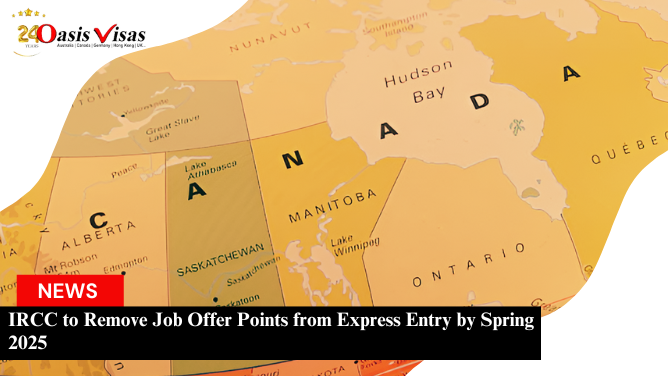
This July marked the return of the Express Entry system for the Federal Skilled Worker Class, as Canada invited skilled and experienced immigrants from abroad for the first time since 2020.
The following are the three programs managed by the Express Entry system:
- The Federal Skilled Workers Program (FSWP)
- The Federal Skilled Trades Program (FSTP)
- The Canadian Experience Class (CEC)
Based on Comprehensive Ranking Scores (CRS), applicants within the Express Entry pool are issued ITAs (Invitations to Apply),
Almost every two weeks, IRCC (Immigration, Refugees and Citizenship Canada) issues ITAs to applicants in the Express Entry pool meeting the CRS cut-off. All Express Entry draws have been general this year, selecting applicants from the FSWP and the CEC.
CRS in 2022
On July 6th IRCC recommenced Express Entry draws, inviting 1,500 candidates from the Express Entry pool with a CRS score of no less than 557.
As draws continued throughout the year, Immigration, Refugees and Citizenship Canada would boost draw sizes (ultimately to 4,750 applicants in the most recent draw), while reducing CRS cut-offs to less than 500.
As Canada continues to struggle with a post-COVID, labour shortages remain high throughout Canada. The country has identified immigration as the key means by which it can deal with urgent economic needs; more likely a driving reason to Express Entry’s return, and the increasingly reducing CRS score in 2022.
Can we use past scores for predicting CRS’ future?
At first glance, it is a comparatively easy task to predict the future of CRS scores, which are based on previous cut-offs. As draws, increase and time pass by, the CRS cut-offs continue to decline. But the situation seems more complicated in reality.
Lack of a clear pattern in how CRS cut-offs change tends to be a problem with using past CRS scores for predicting future ones.
What impacts the CRS score cut-off?
The first and most important thing to note is that IRCC has complete control over what CRS cut-offs must be employed. This signifies that the department is under no obligation for following patterns or trends; instead permitted the freedom to select CRS cut-offs and invite immigrants based on the economic needs of the country.
Maybe the most remarkable example of this was in February 2021, when 27,000 new immigrants were invited by IRCC as part of the CEC, with a CRS cut-off of just 75 – the lowest in the history of Express Entry.
The second factor to consider is an increase in CRS score cut-offs owing to certain kinds of applications already in process. For instance, applicants in the Express Entry pool, with an improved provincial nomination through a PNP (Provincial Nominee Program), can earn up to 600 additional CRS points, just from their provincial nomination.
In the same way, applicants in the CEC frequently have both Canadian education as well as Canadian work experience; two factors that can considerably enhance CRS scores, and hence skew cut-offs for the Express Entry pool.
The Future of CRS
While we cannot be accurately sure what the coming CRS cut-offs will be, there is one crucial policy change coming in 2023 that will make have a significant impact on the CRS’s impact effect on immigration: Bill C-19.
Passed in June 2022, this bill lets the immigration minister the ability to create groups within the Express Entry pool and issue ITAs to the applicants within that group.
Immigration, Refugees and Citizenship Canada (IRCC) has already expressed its intent to pursue this measure in 2023, to assist directly in addressing economic needs by targeting specific in-demand professions occupations.
Under Immigration Levels Plan in Canada, the nation looks forward to welcoming 203,220 new immigrants under the Express Entry-managed programs from 2023 to 2025.









